Is non-stick toxic? Learn the truth about PTFE, PFOA, ceramic coatings, and non-stick cookware safety from a scientific perspective. Full 2025 guide.
Introduction: The Controversy Around Non-Stick Cookware Safety
Few kitchen products have sparked as much debate as non-stick cookware. Its popularity is undeniable—making cooking and cleanup easier—but health concerns have cast a shadow over its safety. From headlines claiming Teflon kills birds to rumors about cancer risks, many home cooks are left wondering: Is non-stick toxic?
This article aims to address that question with clarity, grounded in science and expert guidance. We’ll explore the materials behind non-stick cookware, what causes concern, what’s safe, and how you can cook confidently.
What Is Non-Stick Cookware Made Of?
PTFE (Teflon): The Most Common Non-Stick Coating
Polytetrafluoroethylene (PTFE), best known by the brand name Teflon, has been used since the 1940s for its high heat resistance and friction-reducing properties. It forms a smooth, inert surface that food doesn’t stick to easily.
Key PTFE features:
- Chemically inert
- Stable under 500°F (260°C)
- Excellent food release
Ceramic Coatings: An Alternative to PTFE
Ceramic non-stick emerged as a “green” alternative, made from silica-based coatings. It’s PTFE and PFOA-free, but typically less durable.
- Safe to use up to 400–450°F
- Prone to surface degradation over time
- No known toxicity from ceramic coatings
Other Coating Technologies (Granite, Diamond, Titanium)
These coatings are often marketing terms describing reinforced non-stick layers, usually PTFE-based with added durability. They’re not inherently different in toxicity but may resist flaking and scratching better.
The Origin of the Toxicity Debate
The PFOA Controversy and Its Ban
PFOA (perfluorooctanoic acid) was used in the production of PTFE—not present in the final cookware. Studies linked PFOA exposure (via water and factories, not pans) to:
- Cancer
- Liver damage
- Developmental issues
✅ PFOA was banned from U.S. cookware production in 2015. All major brands are now PFOA-free.
PTFE and Thermal Decomposition
PTFE is safe under normal use, but begins to degrade above 570°F (300°C). This can lead to:
- Off-gassing of toxic fumes
- Flu-like symptoms in humans (“Teflon flu”)
- Sudden death in pet birds due to sensitive respiratory systems
Misconceptions and Public Misinformation
Many consumers conflate PFOA and PTFE, or assume all non-stick cookware is equally hazardous. In reality:
- PTFE = safe when used correctly
- PFOA = phased out and banned
- Ceramic = safer at lower temperatures
PTFE vs PFOA: What’s the Difference?
Definitions and Chemical Properties
- PTFE: Inert, slick polymer coating (non-stick surface)
- PFOA: Surfactant used during PTFE production (not the same thing)
Why PFOA Was Banned
PFOA is persistent in the environment and linked to health issues. Regulatory action (like the EPA’s PFOA Stewardship Program) pushed manufacturers to eliminate it.
Is PTFE Safe Under Normal Conditions?
Yes—studies from the FDA, EPA, and WHO confirm PTFE is non-toxic unless overheated or degraded.
What Happens When Non-Stick Coating is Damaged or Overheated?
Flaking and Ingestion Risks
If a PTFE coating flakes:
- Swallowed flakes are inert and pass through the digestive system
- Long-term ingestion is not recommended
Polymer Fume Fever and Pet Safety
When overheated:
- PTFE releases fumes that cause polymer fume fever in humans—flu-like symptoms, temporary
- Birds can die from exposure in enclosed kitchens
Studies on Long-Term Exposure to Degraded Coatings
There’s no evidence that degraded PTFE causes chronic illness in humans—but degraded surfaces should be replaced to avoid any risk.
Are Ceramic and “Green” Non-Stick Coatings Safer?
Benefits and Limitations of Ceramic Non-Stick
- No PTFE or PFOA
- Made from inorganic minerals
- Less durable—prone to wear, cracking, and stickiness after 6–12 months
Heavy Metals and Nanoparticles in Some Coatings
Some imported or unregulated ceramic pans may contain trace heavy metals or nano-ceramics, but major brands undergo safety testing.
Durability Concerns and Degradation Effects
Ceramic pans are safe when intact. However:
- Cracks or worn layers may expose metal underneath
- Shorter lifespan means more frequent disposal or replacement
Health Agencies’ Views on Non-Stick Toxicity
FDA Position
“Cookware coated with PTFE is safe for home cooking when used properly. PTFE is inert and stable at cooking temperatures.” – FDA
EPA Guidelines
- PFOA banned in U.S. manufacturing
- Encourages safer alternatives and regulation of new PFAS
WHO and International Bodies
WHO lists PFOA as a potential carcinogen, but not PTFE. Most health bodies agree PTFE cookware is safe under normal use.
Proper Use and Maintenance to Ensure Safety
Temperature Control and Preheating Rules
- Never exceed medium-high heat
- Avoid empty preheating—use oil or water to buffer
- Induction burners heat faster—monitor closely
Utensil and Cleaning Do’s and Don’ts
- ✅ Use silicone, wood, or plastic utensils
- ❌ Avoid metal utensils
- ✅ Hand wash with soft sponges
- ❌ Skip dishwashers unless specified safe
Signs It’s Time to Replace Your Pan
- Peeling or flaking
- Loss of non-stick performance
- Bubbling or discoloration
Alternatives to Non-Stick Cookware: Are They Safer?
Cast Iron
- Naturally non-stick when seasoned
- No synthetic coating
- Heavy and requires maintenance
Stainless Steel
- Long-lasting and safe
- Can stick without oil or technique
Carbon Steel
- Like cast iron, but lighter
- Needs seasoning
Enameled Cookware
- No PTFE/PFOA
- Easy to clean
- Can chip if dropped
How to Choose Safe Non-Stick Cookware
Labels to Look For (PFOA-Free, PTFE-Free)
- “PFOA-Free” = most PTFE pans today
- “PTFE-Free” = ceramic or natural coating
Brand Reputation and Safety Testing
Choose trusted brands that offer:
- Independent lab testing
- Regulatory compliance (FDA, LFGB, etc.)
- Clear care instructions
Coating Longevity and Material Transparency
- Multi-layer PTFE coatings last longer
- Look for scratch and heat resistance ratings
Consumer Myths vs. Scientific Reality
Myth: Non-Stick Is Always Toxic
False: Properly used non-stick pans are safe. The danger lies in misuse.
Myth: All Non-Stick Coatings Release Harmful Fumes
False: Only overheated PTFE releases fumes. Ceramic does not emit fumes.
Myth: You Can’t Use Non-Stick Around Pets
Partially True: Birds are extremely sensitive to PTFE fumes. Use caution with all non-stick cookware around them.
FAQs About Non-Stick Cookware Safety
Q1: Is non-stick cookware still made with PFOA?
No. PFOA was phased out from U.S. cookware in 2015.
Q2: Are ceramic pans healthier than PTFE pans?
Ceramic is PTFE-free, but may degrade faster. Both are safe when used properly.
Q3: Can non-stick pans cause cancer?
There’s no direct evidence linking PTFE cookware to cancer under normal use. PFOA (now banned) was the real concern.
Q4: What’s the safest non-stick pan?
Pans with multi-layer PTFE coatings from reputable brands or ceramic pans from certified manufacturers.
Q5: How hot is too hot for non-stick pans?
Avoid exceeding 500°F (260°C) for PTFE. Ceramic usually tolerates up to 400–450°F.
Q6: Is flaking non-stick coating dangerous?
Small flakes are inert, but the pan should be replaced if coating is visibly damaged.
Conclusion: Is Non-Stick Toxic or Safe When Used Properly?
So, is non-stick toxic? The short answer is no—when used correctly.
The toxicity concerns stem from:
- Outdated PFOA use, now banned
- Overheating PTFE coatings
- Improper maintenance and utensil use
By understanding the science behind coatings, respecting temperature limits, and choosing high-quality cookware, you can confidently enjoy the benefits of non-stick cookware without compromising your health.
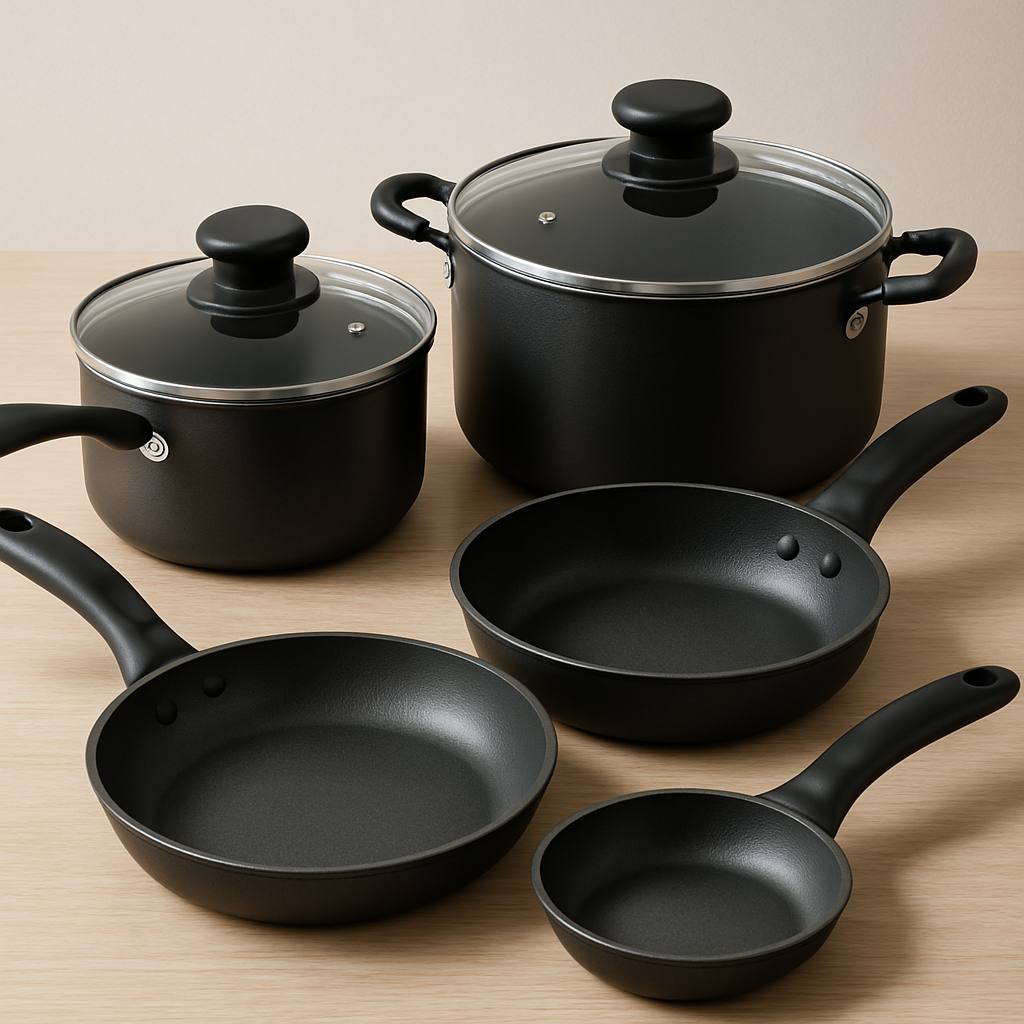

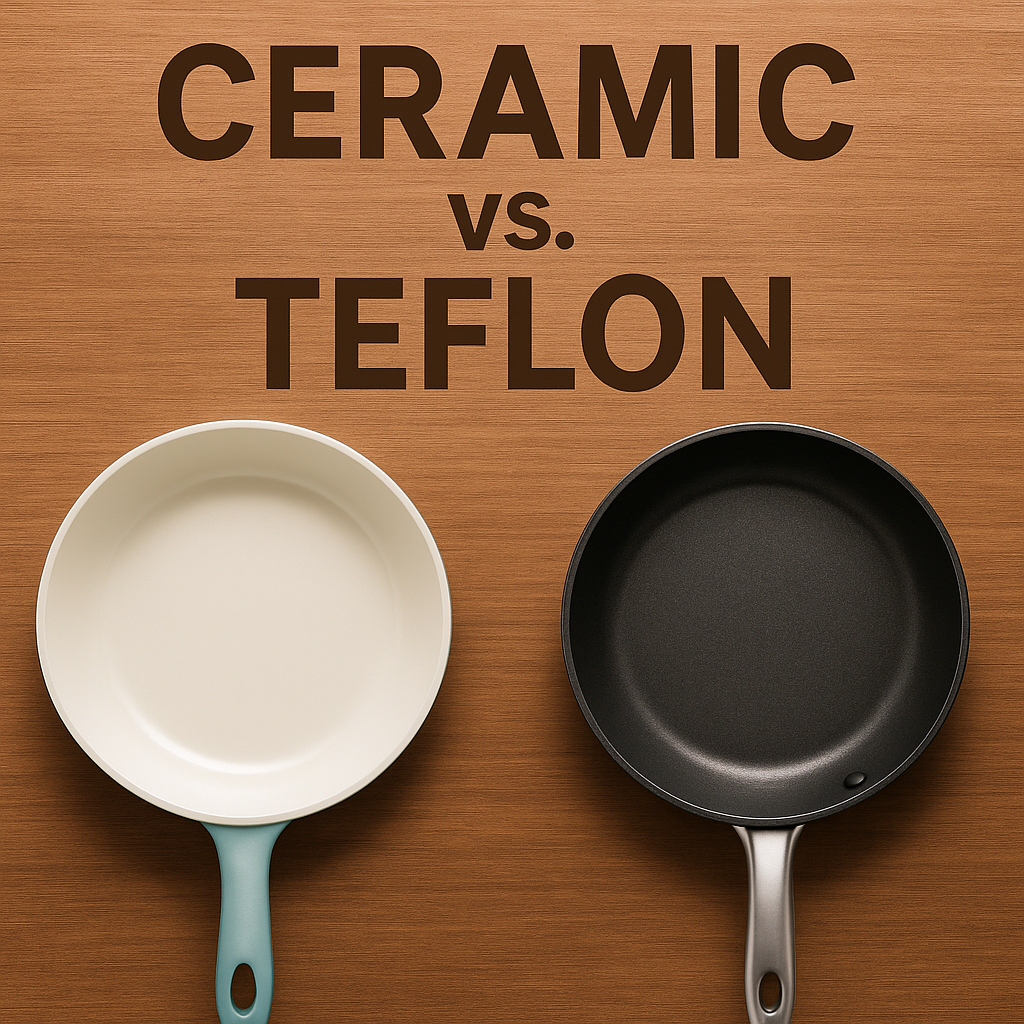
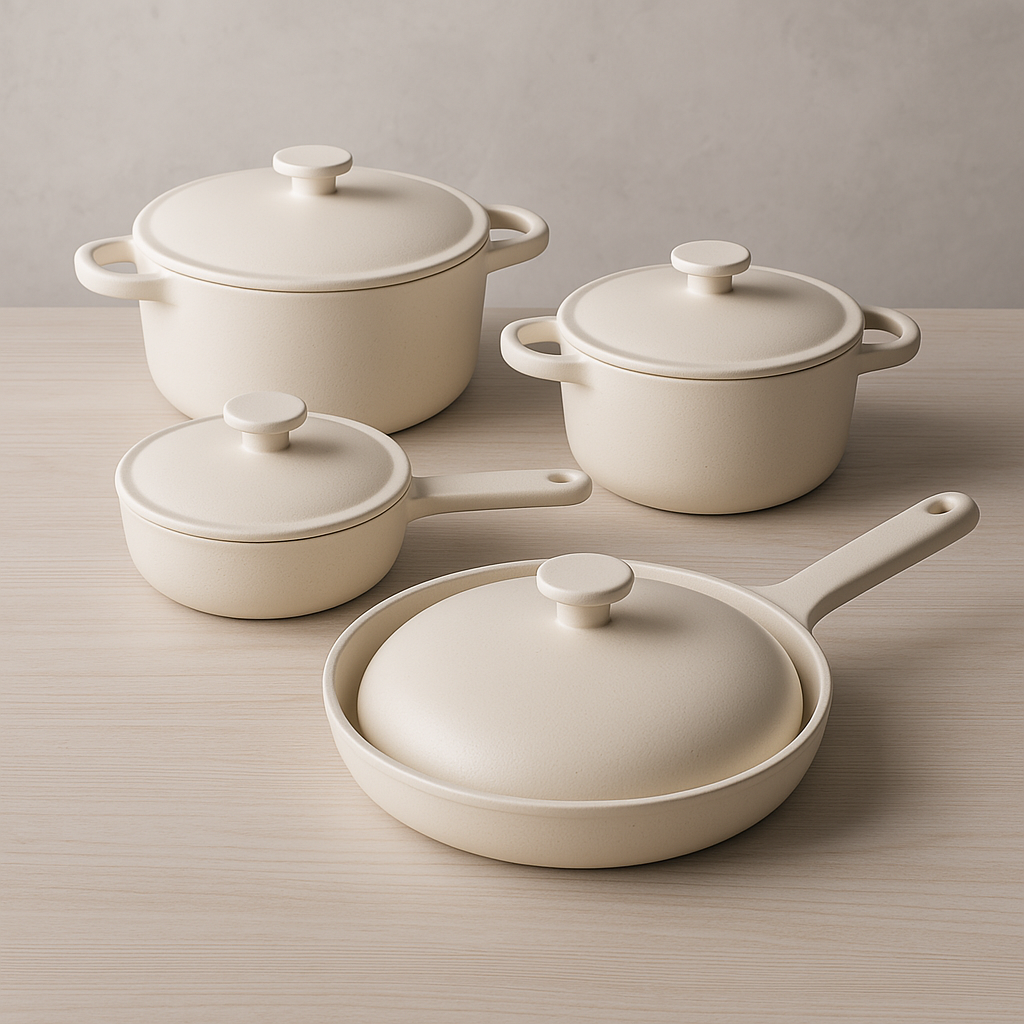
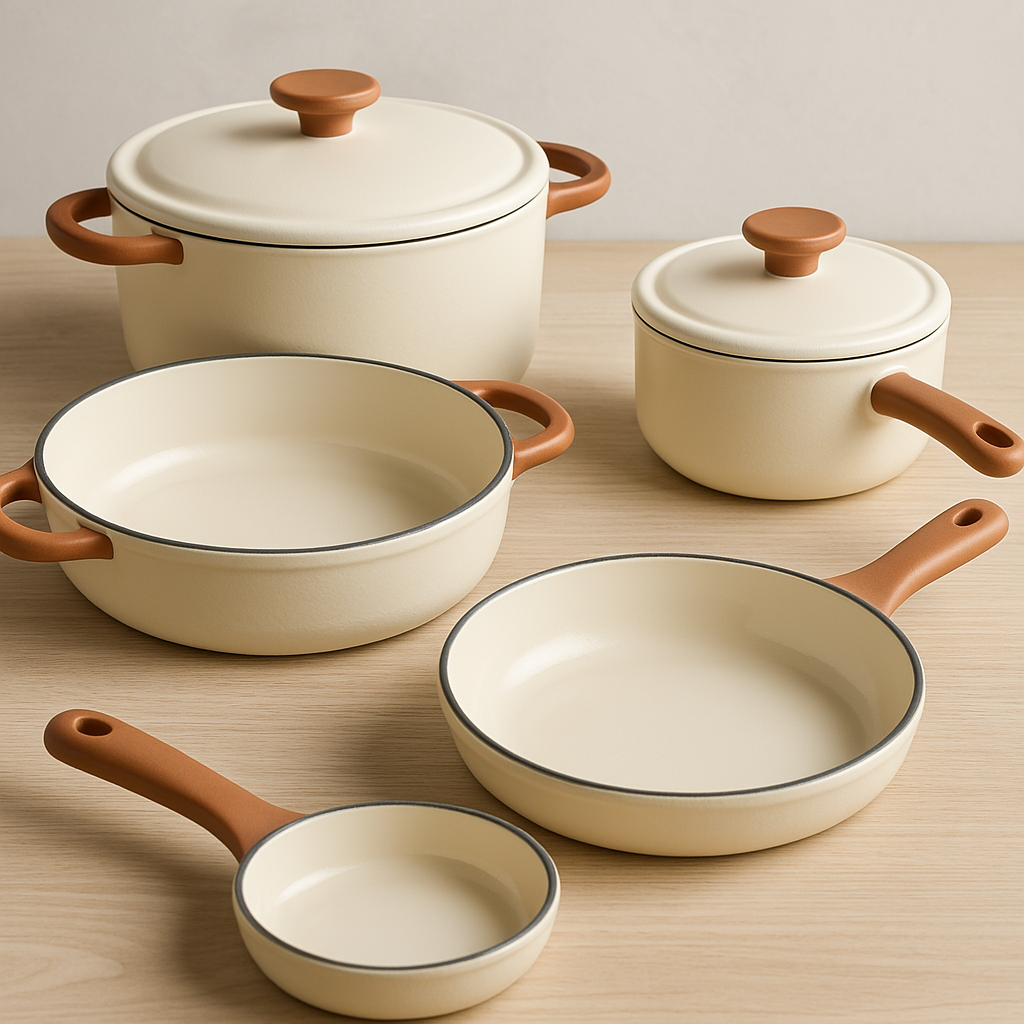
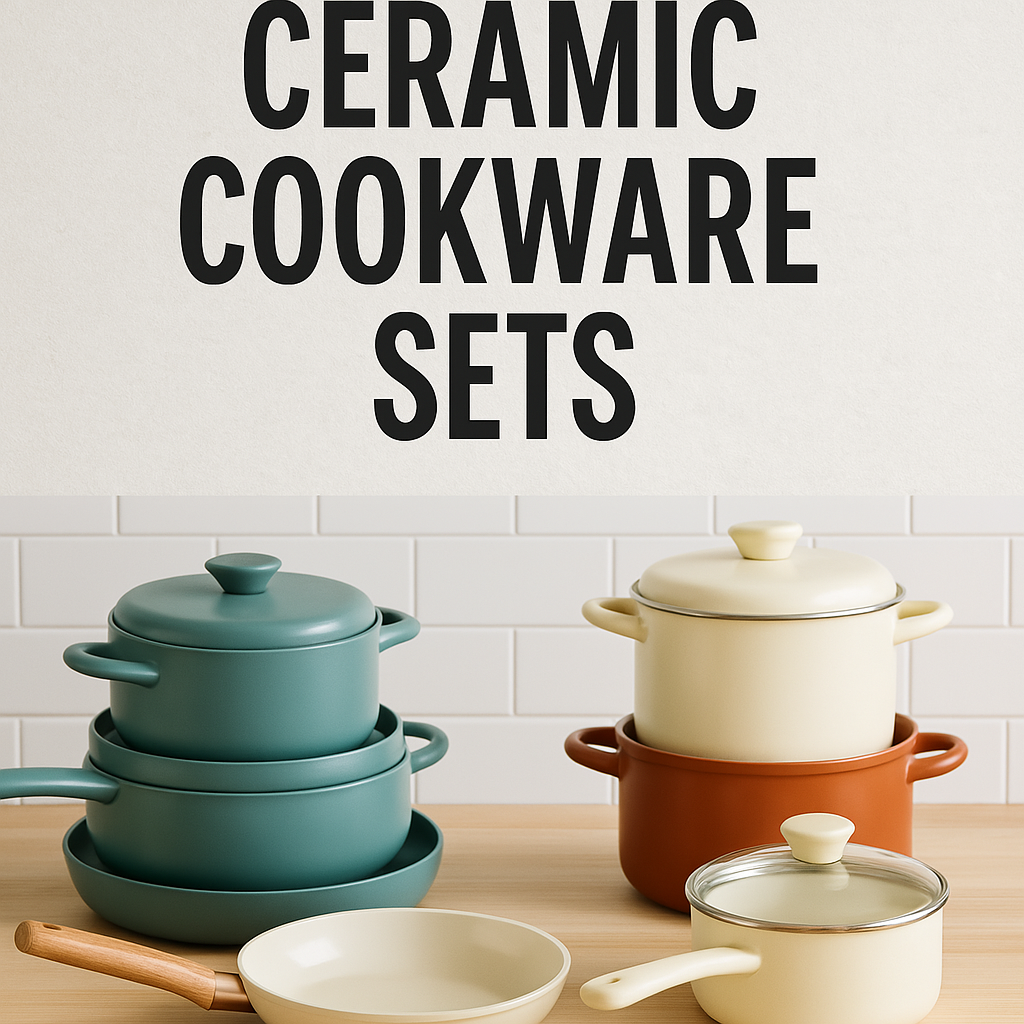
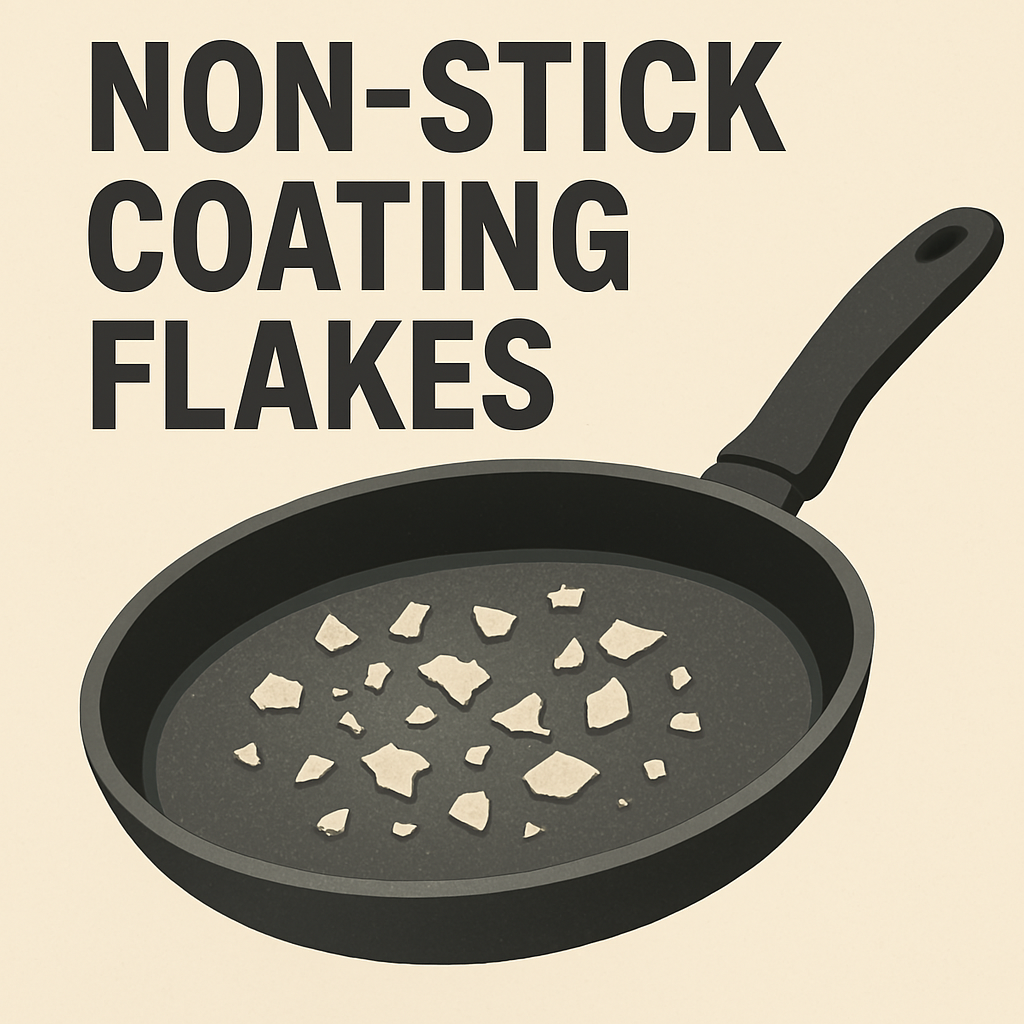
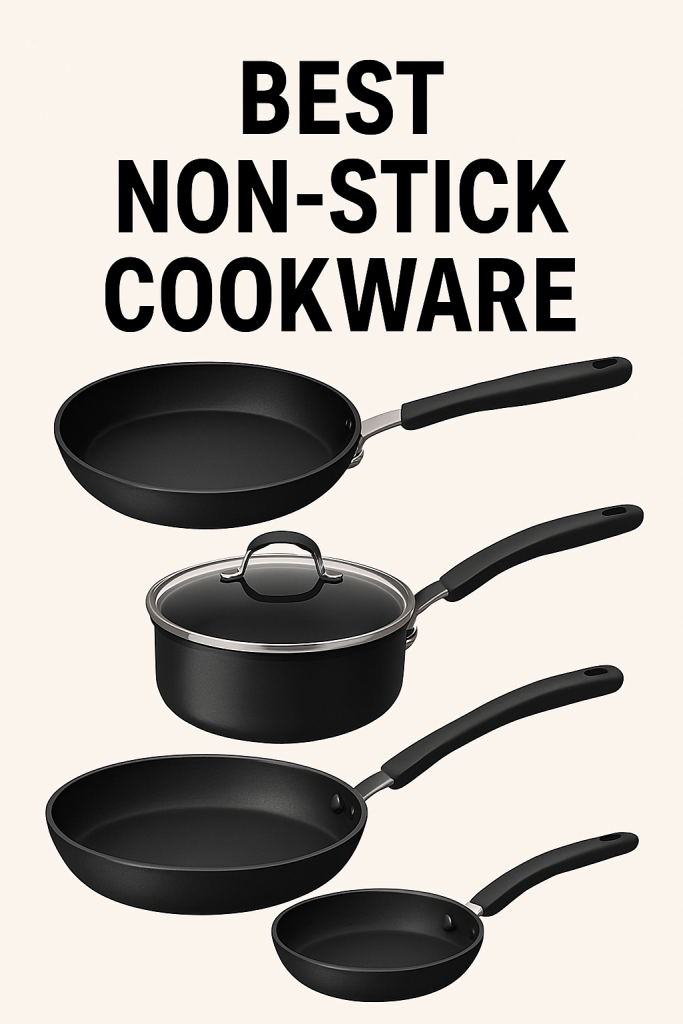
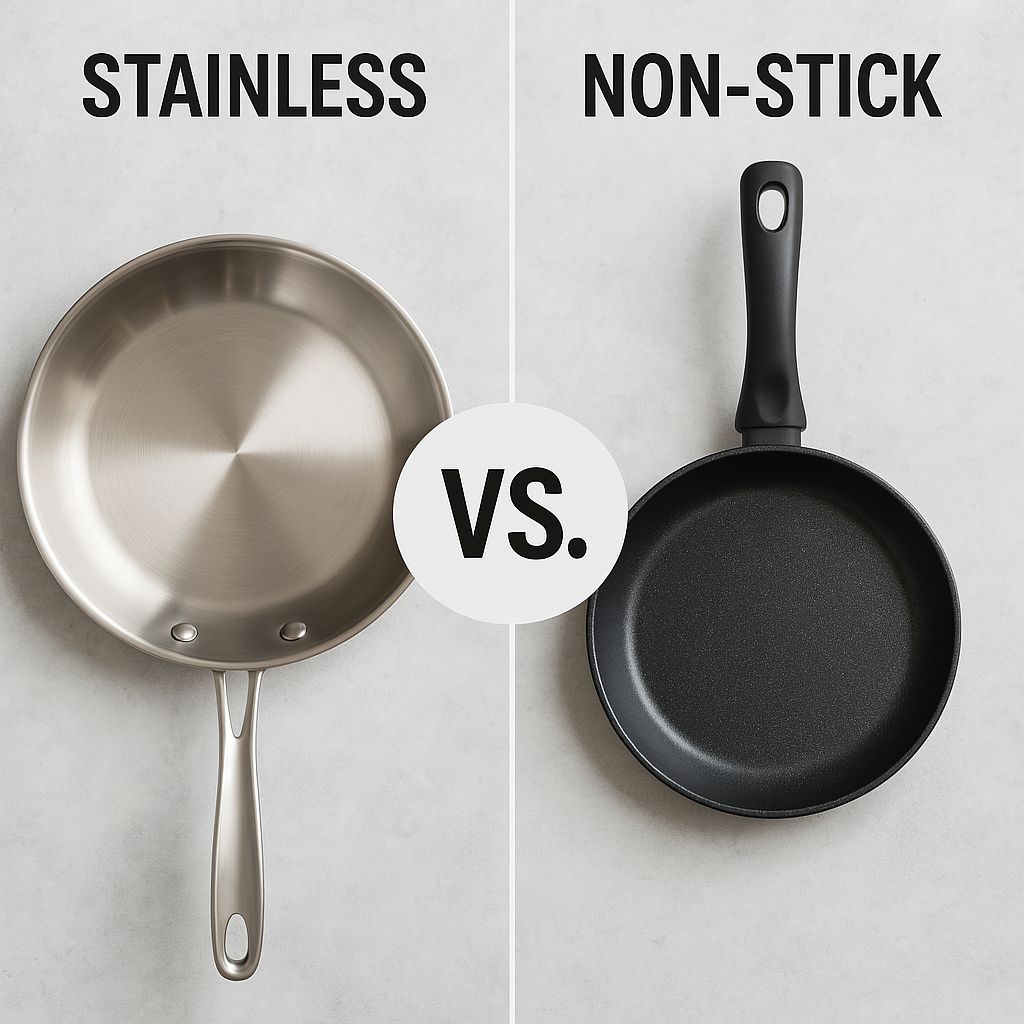
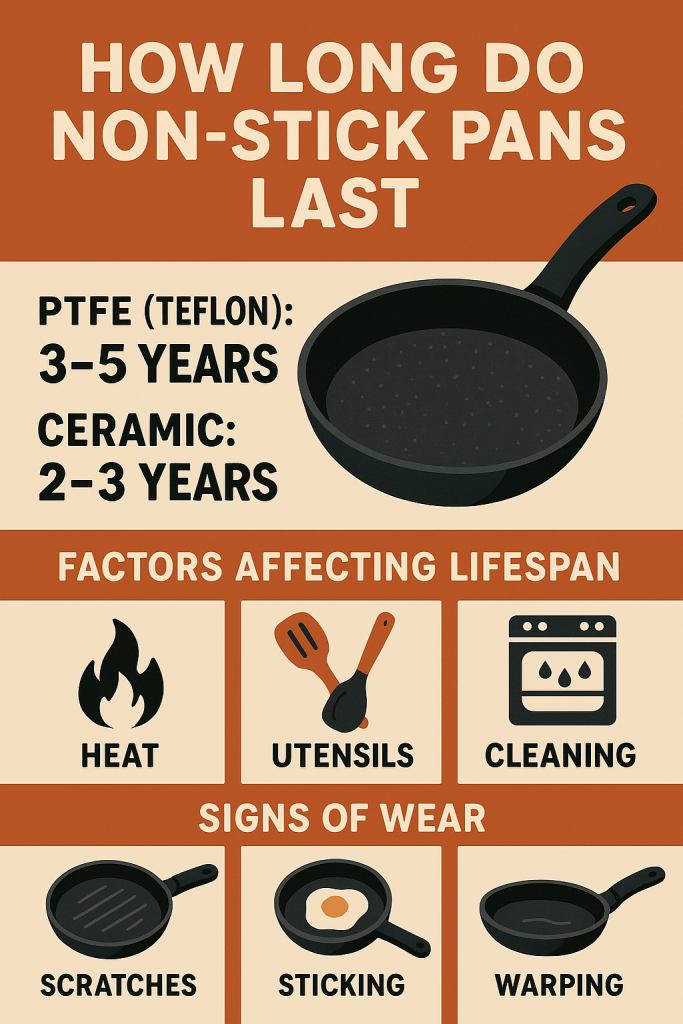
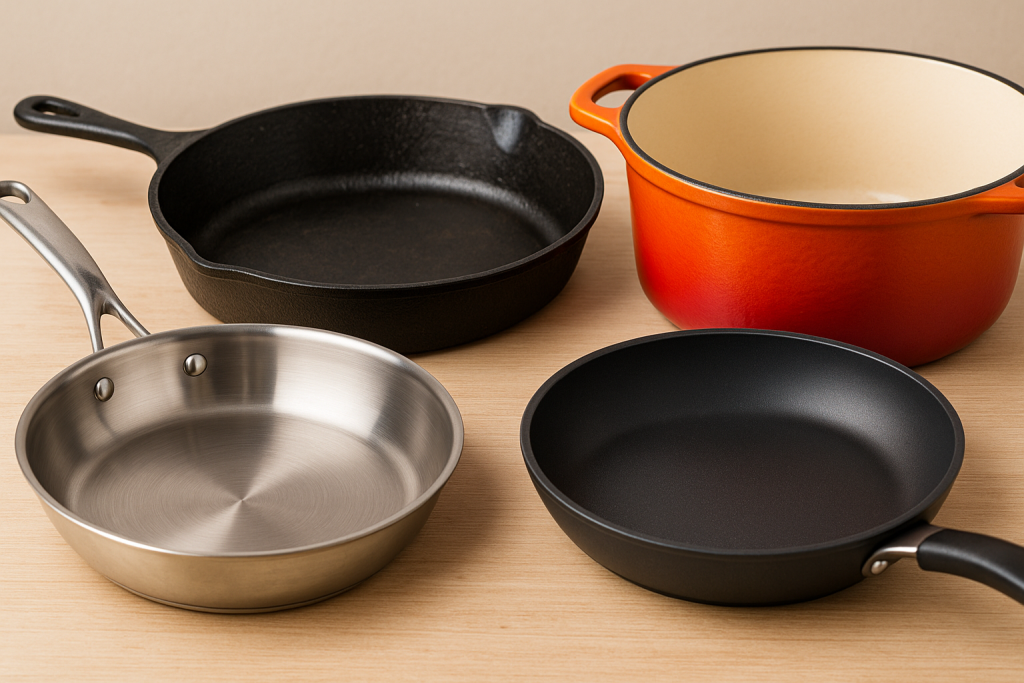
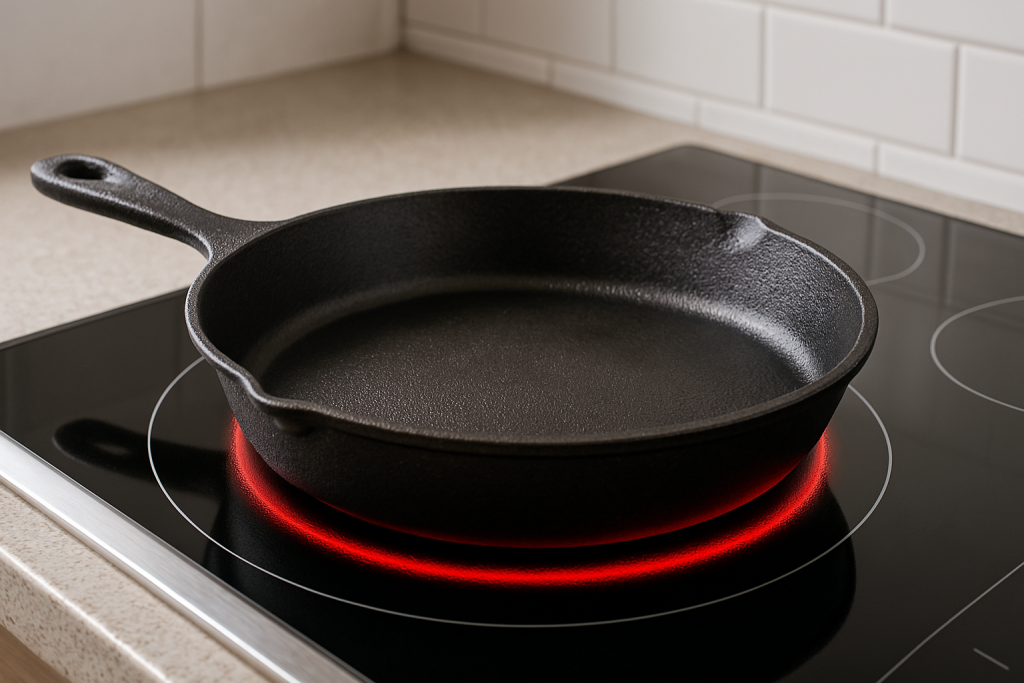
Leave a Reply